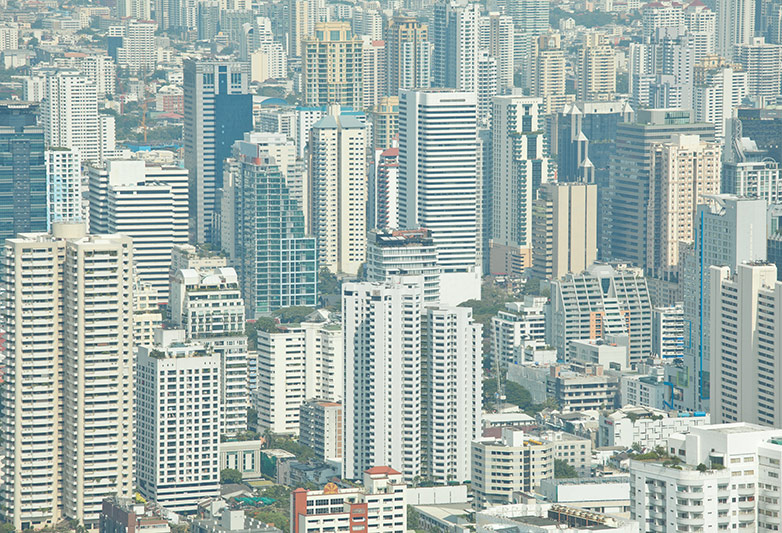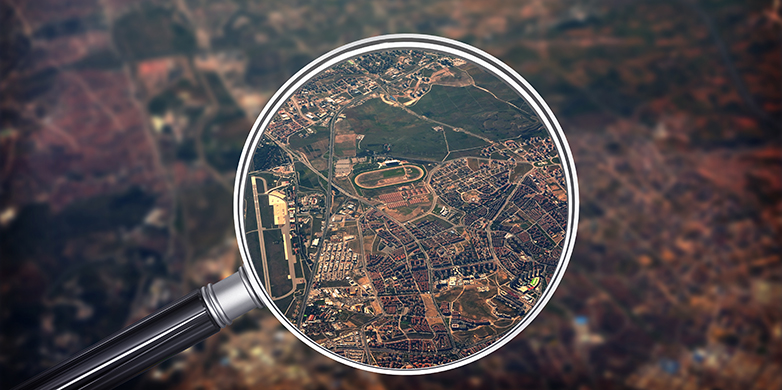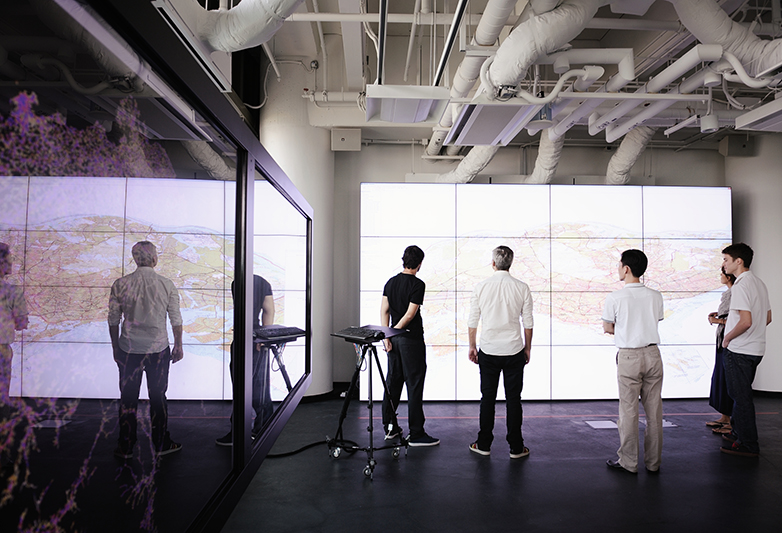Understanding Urbanisation
The rate of urbanisation in recent years has been astonishing. While present cities are highly unsustainable, they offer great opportunities for using resources more efficiently. The rapid growth and the huge environmental challenges account for the growing interest shown by universities in cities: the New Urban Science.
‘We are living in the age of cities. It is an urgent time, and an uncertain one. Never before have human beings built so much with such haste. Yet we understand so little about how our urban world grows – and sometimes declines.’ So begins a thought-provoking new report by Anthony Townsend of New York University, in which he describes a new and exciting focus for academic research – the science of cities. [1]
Megacities – a new and rather unexplored phenomenom
The rate of urbanisation in recent decades has, indeed, been extraordinary. In 1950, New York was the only metropolitan region with more than 10 million people, which is the usual definition for a megacity; today there are 35 megacities, of which the largest, Tokyo, has around 38 million people. And this growth in the world’s urban population seems set to continue, from 3.9 billion in 2015 to over 5 billion in 2030. Statistics such as these underline that, on an ecological timescale, large cities are a new phenomenon, and one about which we know far too little.
One thing we do know, however: cities as presently constructed are unsustainable. They account, for example, for over 70 % of all energy consumed on the planet, are major sources of air and water pollution, and are sinks for huge quantities of materials. Yet, despite these imbalances, there are also reasons to be optimistic about our urban future. With their high population densities, cities offer great opportunities for using energy and materials more efficiently, for example through industrial symbioses or by using mass rapid transport systems instead of private cars.
Flourishing science of cities

These circumstances – the rapid growth of cities and the huge environmental challenges they pose – account for the growing interest shown by universities in urban science. Townsend reports that ‘since 2005, more than a dozen new labs, departments and schools have been launched with a common purpose - to pursue deeply quantitative and computational approaches to understanding the city’. These include the Santa Fe Institute’s Cities, Scaling and Sustainability project, New York University’s Center for Urban Science and Progress, and MIT’s SENSEable City Laboratory. By far the largest of these new institutions, however, is ETH Zurich’s Future Cities Laboratory FCL in Singapore, which, together with its sister programme Future Resilient Systems FRS, will soon employ around 200 scientists working on different aspects of urban science.
So, what is the New Urban Science all about?
The new urban science aims to make cities more sustainable, resilient and liveable. Townsend identifies three general characteristics, all of which apply to the research conducted at the Future Cities Laboratory FCL. Firstly, urban science involves a confrontation between two traditionally separate modes of inquiry: a descriptive approach based upon field work and surveys aimed at understanding the individuality of cities; and a deductive scientific approach aimed at uncovering the common processes that influence the structure and dynamics of all cities.
Multidisciplinary approach
Secondly, the new urban science is multidisciplinary, and draws upon theoretical ideas from across the contributing disciplines. At FCL, teams of architects, engineers, ecologists, social scientists and computer scientists focus on the ‘metabolism’ of cities, studying them as ecosystems characterised by stocks and flows of resources, including energy, water, capital and information. Future Resilient Systems FRS, made up of an equally diverse team, relies heavily upon complexity theory, studying urban infrastructure systems as complex socio-technical systems composed not only of engineered structures, but also the people who make up the subsystems of users and operators.
Making use of ‘big data’
Thirdly, the new urban science depends heavily upon digital technologies, which provide not only previously inconceivable analytical power but also access to huge amounts of data. Indeed, many of the questions that urban science attempts to answer have only become tractable thanks to the increasing availability of ‘big data’ from such things as smart phones, wifi-connected sensors and satellites. So it comes as no surprise that at the heart of FCL is a sophisticated digital laboratory known as ‘Value Lab Asia’. This is equipped with state-of-the-art tools for modelling multi-dimensional data and simulating urban phenomenon, such as the daily travel behaviour of millions of city dwellers.
In conclusion, ‘cities stand as both the main cause of, and the best solution to, some of humanity’s most pressing problems – from climate change to migration to resource scarcity’. [1] With the world in a phase of unprecedented urbanisation, the new urban science is emerging now as a coherent body of theory and knowledge that can contribute to a more sustainable urban world. And in doing so, it is also changing the ways that universities do their work.
Further information
[1] Townsend, Anthony. 2015: external pageMaking sense of the New Science of Citiescall_made


